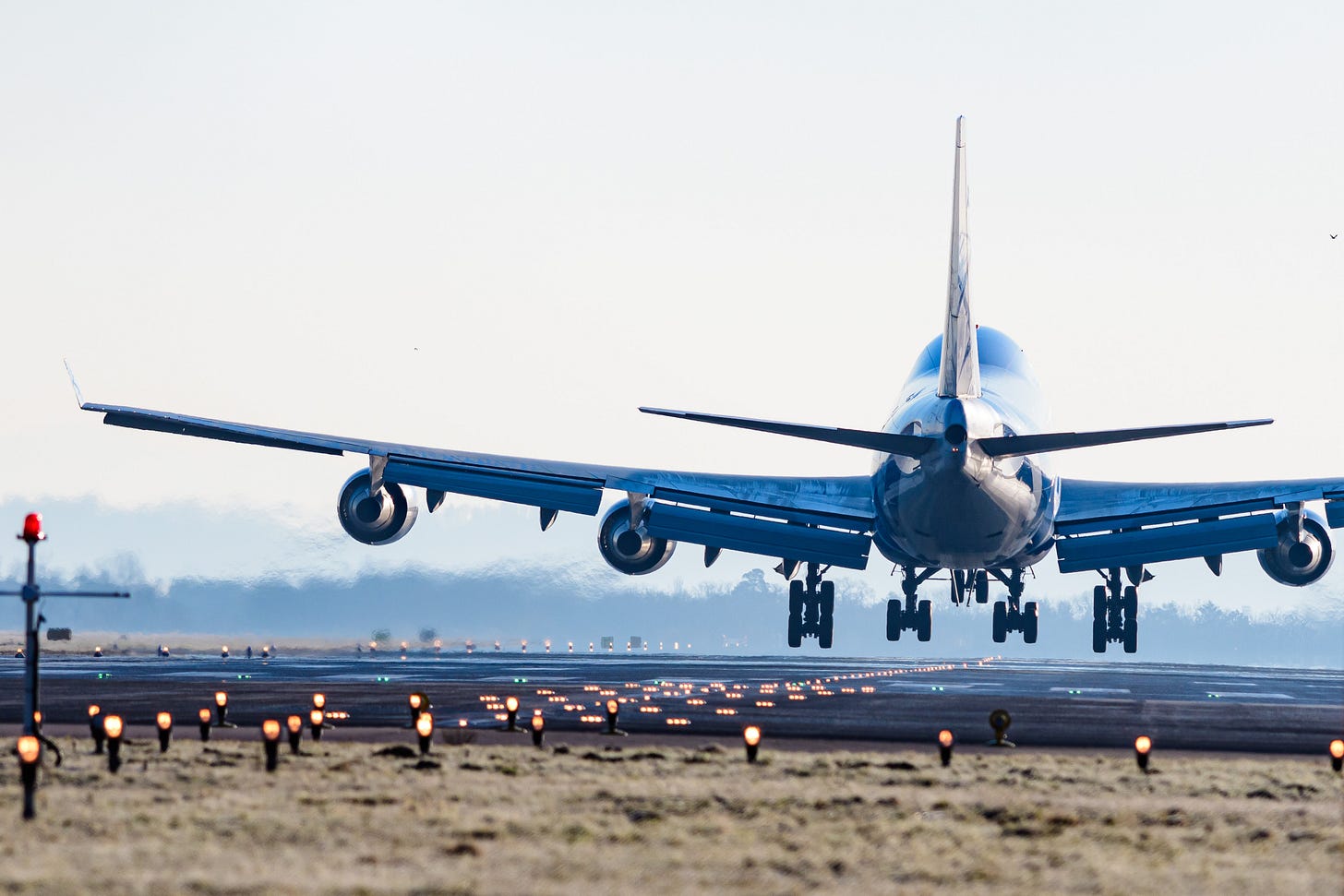Muan Tragedy - Jeju Air 2216
Jeju Air Flight 2216 went down in Seoul on Dec. 29, 2024, the latest in a series of incidents involving Boeing jets.
On December 29, 2024, Jeju Air Flight 2216, an international passenger flight from Suvarnabhumi Airport in Bangkok, Thailand, to Muan International Airport in Muan County, South Korea, tragically ended in disaster. The Boeing 737-800 encountered a bird strike to both engines, leading to a complete loss of power and hydraulic systems during its final approach to Muan. This prompted the pilots to issue a mayday alert. The captain executed a go-around, (a flight procedure in which an arriving aircraft aborts its landing procedure and returns to the landing queue). However, during the second landing attempt, the landing gear failed to deploy, and the plane belly-landed far beyond the normal touchdown zone and overran the runway. This combination of disasters was fateful for those on Flight 2216.
The aircraft consequently collided with the approach lighting system and crashed into a berm housing, a concrete structure that supported an antenna array for the airport’s instrument landing system. All 175 passengers and four of the six crew members on board were killed in this accident. Miraculously, the two surviving cabin crew members, who were seated at the rear of the plane, were rescued with injuries after their section of the fuselage detached during the crash.
Further investigation
The black box was immediately recovered after the crash. Investigators, who were determined to uncover what caused this fatal tragic, suspected that the loss of hydraulic power played a crucial role in the crash as these systems are responsible for operating key flight surfaces—movable components on the wings, tail, landing gear and other structures that allow pilots to control the aircraft's movement and maintain stability by directing airflow. With hydraulic power unavailable, the landing gear could not be deployed, and the flight crew lacked sufficient time to manually lower it using the gravity extension system.
“What we know is that the aircraft crashed into a solid barrier containing navigational aids (ILS localizer), after which the plane exploded.Had the localizer equipment been located in a more frangible (breakable) structure or further away from the runway, the aircraft could have impacted the barrier differently and possibly not exploded.” Said Umar Ahmed Badami, a Georgetown student who’s also an FAA-certified commercial pilot.
This devastating accident is the deadliest involving a South Korean airline since the 1997 Korean Air Flight 801 crash in Guam and has become the deadliest aviation disaster on South Korean soil, surpassing the death toll of the 2002 Air China Flight 129 crash, which claimed 129 lives. The incident also marks the first fatal accident in Jeju Air's 19-year history, casting a shadow over the airline’s previously unblemished safety record.
Another Boeing Disaster
Over the past few years, Boeing has had a troubling series of malfunctions with their airplanes. This is the third fatal crash of Boeing 737 Max since 2018. On October 29th, 2018, Lion Air Flight 610 crashed into the Java Sea shortly after departing from Jakarta, resulting in the deaths of all 189 passengers and crew on board. Investigations identified issues with the Maneuvering Characteristics Augmentation System (MCAS), which was designed to enhance aircraft handling but malfunctioned due to erroneous sensor data, leading to an uncommanded nose-down attitude. On March 10th, 2019, Ethiopian Airlines Flight 302 crashed near Addis Ababa shortly after takeoff, killing all 157 individuals aboard. Similar to the Lion Air incident, a failure in the MCAS helped cause the crash leading to a global grounding of the 737 Max fleet. Both accidents pointed out the fatal design flaw of the MCAS system of the airplane.
Boeing's safety risks have been looming since as early as 2011. At the 2011 Paris Air Show, Boeing and Airbus competed with each other head to head. Airbus won the race.
Airbus introduced A320-NEO (New Engine Option), a more fuel efficient version of its stalwart A320. More than 200 A320-neo were sold at the Air Show. Buyers include American Airlines, United and Delta which placed enormous pressure for Boeing to respond. Boeing soon started to renovate the 737 to catch up. In 2019, Airbus displaced Boeing as the largest aerospace company by revenue due to the Boeing 737 Max groundings, pulling in revenues of US$78.9 billion and US$76 billion respectively. In order to close the sales gap with Airbus, Boeing minimized the cockpit renovation to reduce the training cost for pilots. This is clearly a safety degradation in the aviation industry. Since then, Boeing has sowed the seeds of future failure, along with hundreds of lives and families. Till now, there is no clue in the aviation industry showing that Boeing is working hard on returning to its excellency in the past.







